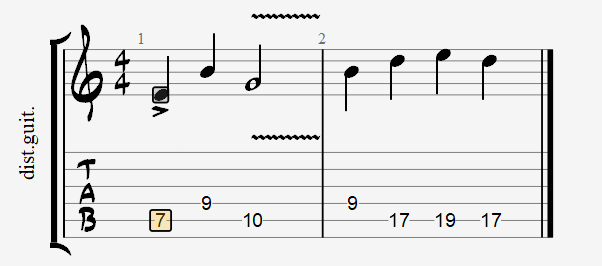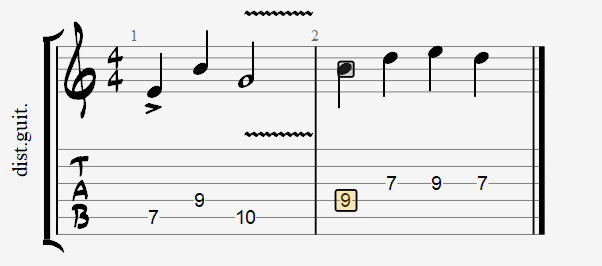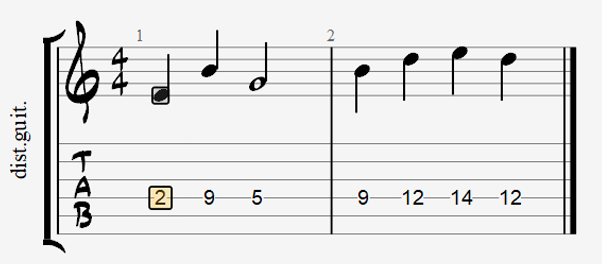Where Does the Music Come From
Is Your Mind that Drives Your Hands, Or The Opposite?
Today we can put scales and chords aside for a moment, and focus on your inner musician.
We'll start by answering this tricky question:
Where does the music come from?
I mean, who or what decides the notes you play?
Is your left hand, that, after memorizing scale patterns and chord shapes, flows up and down the frets on autopilot?
Or is something else, inside yourself, that went beyond scale shapes and fretboard patterns?
If you allow your hands to take control, you'll play only scales and patterns, but not music. This is how muscle memory works. Don't get me wrong: practicing your chops is crucial for being a good musician.
You want your fingers' dexterity to be able to support any idea that comes from your mind, so exercising is important. But this is only one piece of the entire puzzle. You should see your hands as a tool that serves what your mind commands. So.....
The Advice is: Think Before You Play
It's easy to stay trapped in scale fingerings; the problem is that first, you place your fingers on the frets, and then you hear the sound produced.
To enhance our expressive skills, we want to do the opposite: we start with a melody, a sequence, that we've created in our mind, and we want to reproduce it on the guitar, using our hands as a tool.
It's like the job of a painter: she/he has a clear vision of what to put on the canvas. The creation flows from the mind, which drives the hand in drawing lines, volumes, hatches, and gives life to a masterpiece. The hands follow the instructions of the creative process started from the artist's subconscious.
Exercises to Learn To Think Before Playing
Start by taking off your hands from the guitar and imagining a short melody.
It would be great to also sing this melody.
You could also use a popular sequence you already know, but it would be better to make a bit of effort in creating something new.
Then try to reproduce the melody by playing it on guitar, in different fretboard areas:
- Using only 2 strings
- Using 3 strings
- Using different fingers to play the first note, and playing in position
- Other variations that you like
The point is to hear a melody in the mind and play it without relying on scale shapes, but only on the mind-ear-hands connection that you'll develop one step at a time.
Again, is mind -> ear -> hands connection, not hands -> ear -> mind, this is the most important point of the whole process.
Example
This is a very short note sequence created for this exercise. Click the button below to hear it:
In the first version of the exercise, the constrain is to play the melody using only 2 strings, some left hand shifting is required:

Here we use 3 strings, staying in position:

Here the melody is played using one single string, moving horizontally along the neck:

This particular way of playing the melody uses open strings:

I've included these tabs just to show you some potential ways to play that melody; for the purpose of the exercise, you should hear (and sing) the melody inside your head and then play the frets without using patterns or written music.
Don't look at these tabs! Remember, mind -> ear -> hands!
Conclusions
Try to include in your practice regime some minutes in which you practice the "Think before you play approach". It will take time, so no rush. After one month (maybe less, maybe more) you'll start developing a sort of unconscious ability that allows you to find on the fretboard the right notes that your mind want to express.
In a nutshell, you'll be freer to express yourself across all the fretboard. To stay updated, please subscribe here (you'll also get free access to the download area)